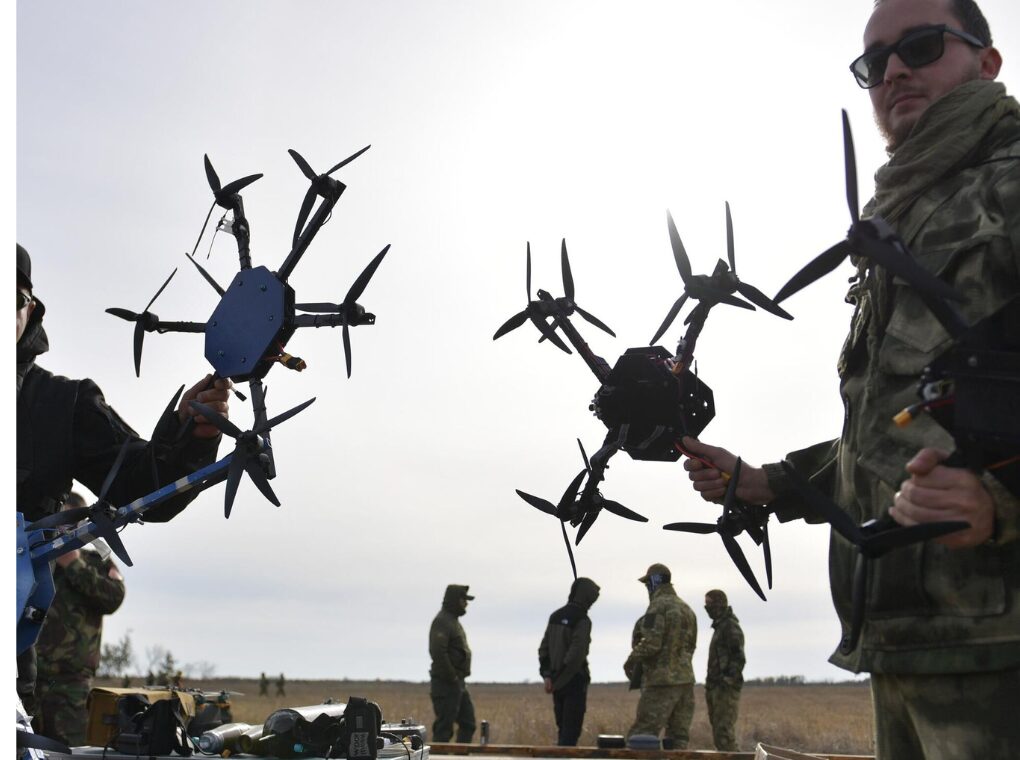When Russia invaded Ukraine in 2022, few predicted Kyiv would still be standing firm three years later — let alone setting a new standard in modern warfare. Yet, Ukraine’s unprecedented embrace of low-cost drone warfare has not only changed the dynamics on the battlefield but is now becoming a global case study.
According to Ukrainian officials, the country is currently producing a staggering 200,000 combat drones every month, many of them simple, agile, and cheap First Person View (FPV) drones costing around $2,000 each. These are not high-end aerospace marvels but modified commercial-grade machines turned into lethal tools of war.
The effectiveness of this approach was underscored during Operation Spiderweb, a recent Ukrainian mission that deployed just 117 FPV drones — and reportedly inflicted $7 billion in damage to Russian military assets, including tanks, radar systems, and communication infrastructure. If accurate, this would mark one of the most cost-efficient uses of military force in modern history.
Military experts are calling it a paradigm shift.
“Ukraine has proven that quantity and agility can rival — and sometimes overwhelm — quality and scale,” says a Western defense analyst. “For decades, military doctrine prioritized high-end, expensive platforms. Ukraine has shown that a swarm of low-cost drones can be just as devastating.”
This tactical innovation is now drawing global attention. Several countries in Asia, Europe, and Africa are reportedly studying Ukraine’s decentralized drone manufacturing model, where civilian workshops, small tech startups, and hobbyists collaborate with the military. It’s rapid, scalable, and remarkably inexpensive compared to traditional defense systems.
The Ukrainian strategy relies heavily on speed, mobility, and adaptability. A destroyed $2,000 drone is quickly replaced. But the loss it causes to the enemy — a $10 million tank or a $50 million radar station — creates a staggering cost imbalance that Ukraine has leveraged with deadly precision.
As nations worldwide reassess their defense strategies, Ukraine’s drone-first model is gaining traction as the future of asymmetric warfare.
The war, still ongoing and devastating, may ultimately be remembered not only for its geopolitical impact — but for how a besieged country reshaped the rules of military engagement with ingenuity, urgency, and a swarm of flying machines.
